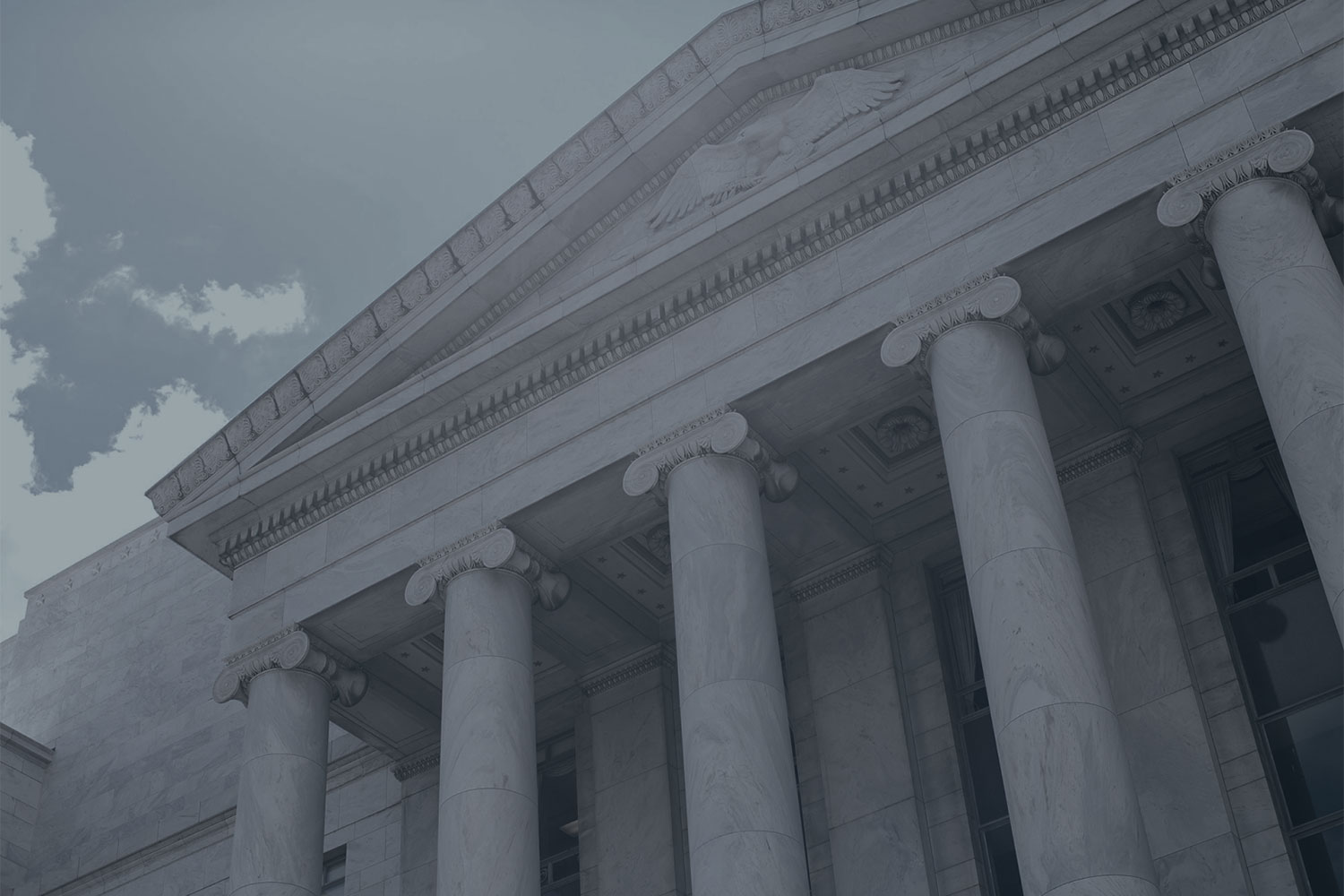Qualified immunity is a judicially established doctrine designed to protect public officials from liability when performing acts necessary in their job. This complex doctrine has continued to be a topic of controversy in today’s political climate. For those working within the government sphere, qualified immunity is generally perceived as a necessary protection for normal business function. For those outside of the government sphere, qualified immunity may be viewed as a protection that enables some civil servants to commit acts that that harm others without appropriate consequences.
Government attorneys most typically encounter cases that involve qualified immunity in cases related to state or federal officials, law enforcement officials, teachers, or social workers.
History of Qualified Immunity
- 1871: The Supreme Court developed the origins of qualified immunity with their interpretation of the Civil Rights Act of 1871, Section 1983. The Civil Rights Act of 1871 was originally intended to broaden the government’s ability to combat attacks perpetrated against African Americans by the Ku Klux Klan and other white supremacy groups.
- 1967: The Supreme Court ruling in Pierson v. Ray held that the “Good Faith Defense” was available to protect a public official challenged under Section 1983.
- 1982: In Harlow v. Fitzgerald, the Supreme Court refocused its definition of qualified immunity to assess the objective legality of a public official’s actions, rather than assessing the subjective intent of the official. The court held that an official could have immunity “insofar as their conduct does not violate clearly established statutory or constitutional rights of which a reasonable person would have known.”
- 2020: In the Taylor v. Riojas ruling, the Supreme Court removed qualified immunity as a protection for the actions of correctional officers.


